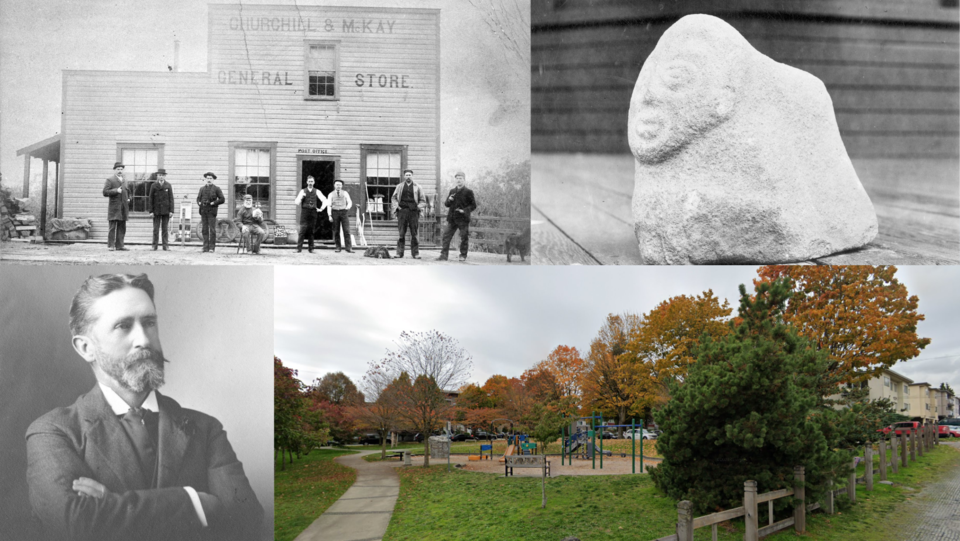Let's be honest, Marpole is not the most famous or visited of Vancouver neighbourhoods.
Located at the southern end of Granville Street, its a mix of residential space, commercial areas on main roads and an industrial waterfront. In recent years there's been significant growth, but many still know it as the place where you take a bridge over to Richmond.
However, while to some it may be an afterthought, that neighbourhood has seen human habitation for thousands of years, and even in the early days of Vancouver it had a booming and vibrant economy that receded thanks to those bridges.
So here are some things you (probably) didn't know about Marpole.
1. There used to be a huge Musqueam village named c̓əsnaʔəm there
The village of c̓əsnaʔəm stood on the north arm of the Fraser River in the Marpole area for thousands of years by the Coast Salish people. While many have heard of the Marpole Midden, that's a shadow of what was once there.
The village was the largest settlement for the Musqueam and one of the largest pre-contact middens on the Pacific Coast of Canada. In the 1880s the midden was 'discovered' by people building roads in the area and archaeologists began to study the area; many of them took what they found (including human remains).
While the site was recognized as a national historic site in 1933, it wasn't protected and the area was developed, including the Fraser Arms Hotel. In 2011 a new development project was proposed, and in the process more remains were discovered. For 200 days Musqueam members held a vigil at the site.
The Musqueam have continued to acquire unceded land in the area that was once c̓əsnaʔəm.
2. It wasn't called Marpole originally
When settlers arrived in the area in the 1800s, specifically the 1860s, the area wasn't called Marpole, but Eburne. The small town was miles away from the communities of Gastown and New Westminster, and remained that way for decades, though there was development, as rail began to permeate the area.
An Eburne station was built and the area was called that until 1916, when it was renamed after Richard Marpole the General Superintendent for the Canadian Pacific Railway in Vancouver.
It was also part of two other municipalities before Vancouver, covered by South Vancouver when it was founded, and then included in the break away Point Grey in 1908.
3. It used to have some islands
Just off shore of Marpole is the Fraser River; these days there's no land masses in the water until you're on Sea Island. However, the north arm of the Fraser River used to have a few islands in it.
In a video by the City of Vancouver they were called Cowans Island and Stewart Island, and it's noted that they were essentially absorbed my Marpole as the industrial activities grew. In old maps of the area islands are marked, but aren't named.
4. Vancouver's "legendary" White Spot started there
Nat Bailey got his start in the restaurant industry by selling food out of the back of his 1918 Ford, but his first brick-and-mortar restaurant was in Marpole.
On June 16, 1928 the White Spot Barbeque opened at West 67th Avenue and Granville Street, near where the Red Star Seafood Restaurant is now.
5. Ebisu Park is named after a Japanese god
While Vancouver has many, many parks named after lots of different things, Ebisu Park in Marpole is unique in that it's named after the Japanese god of fishermen, working men and the protector of young children. He's also the god of luck.
The city named the park after Ebisu in honour of the Japanese community that once lived in Marpole.





